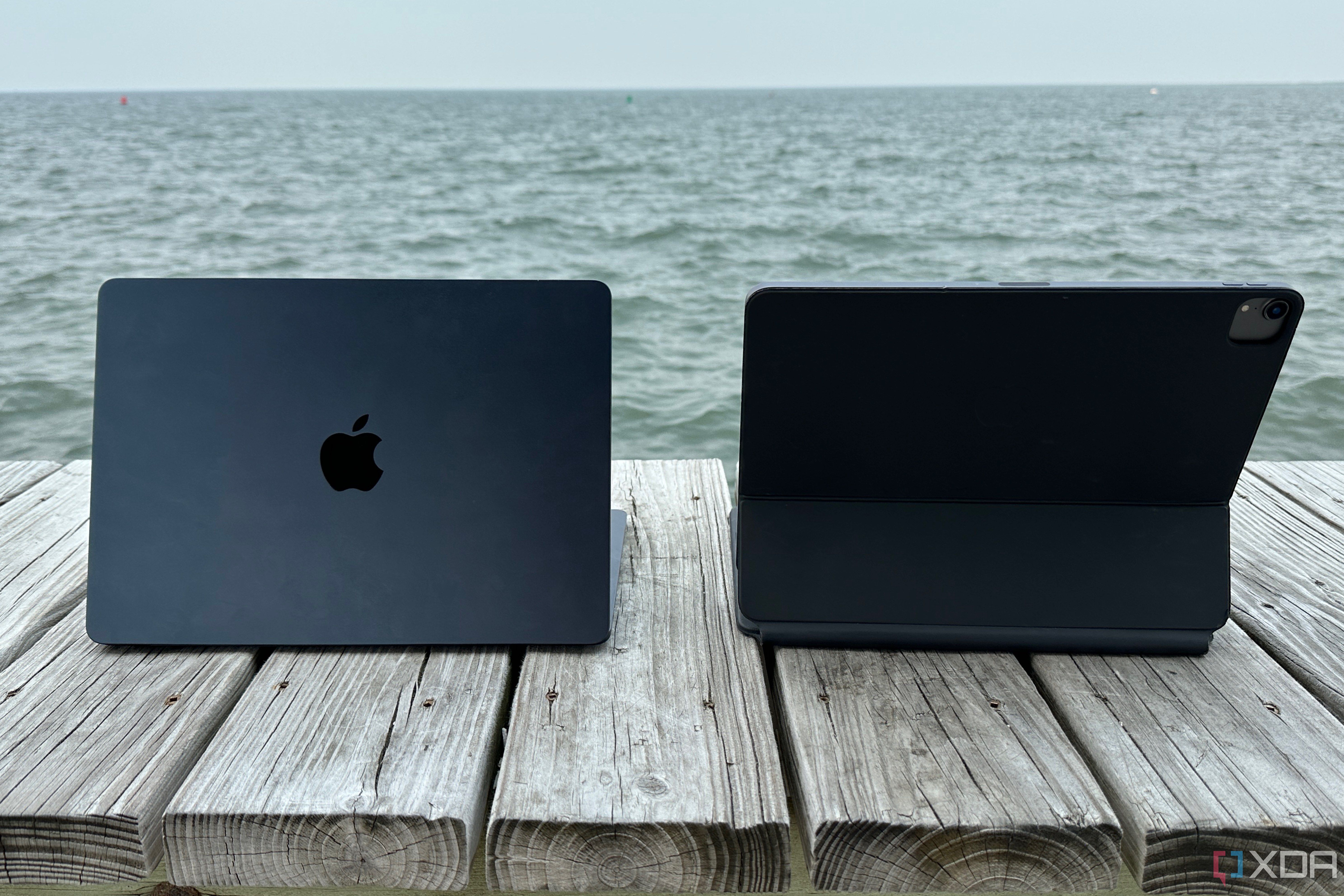In recent years, Apple has been marketing its iPads as laptop replacements, claiming that they can deliver a desktop-like experience. However, as someone who spends most of my day typing in Safari, I can confidently say that iPadOS falls short when compared to macOS Sonoma for several reasons.
First and foremost, screen size matters. While the largest tablet Apple offers has a 12.9-inch display, I personally find that size inadequate for a laptop replacement. The limited screen real estate makes multitasking and window management impractical. On-screen elements are crammed together, and the overall experience becomes unpleasant.
Furthermore, iPadOS is primarily designed for touch input. While it does support keyboard and mouse input, the software buttons and user interface elements are larger to accommodate fingers. This makes the iPadOS cursor bulkier and less precise when using a mouse. The dragging and magnetic effect when moving the cursor between buttons also adds to the wonky experience.
Another significant drawback of using an iPad as a laptop replacement is the lack of local backup, recovery, or restore options. While iCloud does support iPhone device backups, there is still no way to restore a bricked iPhone without relying on a Mac or Windows machine. This functionality is vital for those of us running iOS betas or experiencing software issues.
In terms of build quality, the iPad falls short compared to a MacBook. While the Magic Keyboard and similar cases provide a laptop-like form factor, it still lacks the stability of an actual MacBook. Working on an iPad placed on a lap or curved surface can be inconvenient and less comfortable.
Battery life is also a significant factor to consider. The iPad Pro 12.9 lasts up to 10 hours when watching videos, while the MacBook Air 13.6 can last up to 18 hours. For someone like me who spends several hours working, the MacBook’s longer battery life is crucial. Charging the iPad twice daily would negatively impact its battery health.
However, it’s important to note that the iPad does have its strengths. For tasks such as using the Freeform app or brainstorming ideas with the Apple Pencil, the iPad offers a more intuitive experience. Similarly, reading and annotating with fingers and the Apple Pencil can be convenient. The iPad shines in browsing, planning, and certain creative tasks.
But when it comes to heavy workloads and full-time writing, the iPad simply cannot replace a MacBook. The limitations in screen size, operating system design, local backup options, build quality, and battery life all contribute to its shortcomings as a laptop replacement.
In a world full of excellent iPads and powerful Macs, it’s clear that Apple is trying to confuse customers seeking a new laptop. However, for those of us who rely on our devices for work, the MacBook still remains the superior choice.


